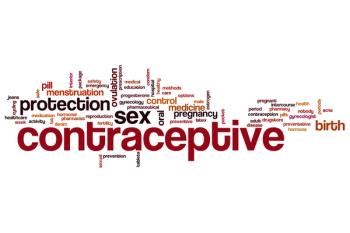
New research indicates an alarming number of men and women are uninformed about the health risks of pregnancy, and this ignorance may be contributing to the malpractice crisis.

New research indicates an alarming number of men and women are uninformed about the health risks of pregnancy, and this ignorance may be contributing to the malpractice crisis.
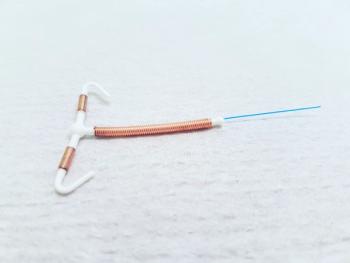
The LNG-IUS and IUD are both highly effective, but one is associated with changes in uterine artery blood flow.

Dr. Kimble discusses a new progestin hormone that can be used for birth control and identifies which patients could benefit from it.

This installment in our series looks at postpartum contraceptive options for a pregnant patient with comorbidities

Oral contraceptives (OCs) may have an additional benefit for young athletes.

Although OCs do not provide total protection of bone mass, they may help limit bone loss in young patients with AN.

A fourth-generation progestogen-only pill (POP) with drospirenone may be an effective and safe alternative for women for whom estrogen-based contraceptives are contraindicated.

A new study aimed to better understand why birth control may fail for some women by looking at genetic variants.

Analysis shows that providers aren't including information about all available options when counseling their patients on CHCs.

Unprotected sex without immediate adverse events may empower women to believe they are not at high risk.
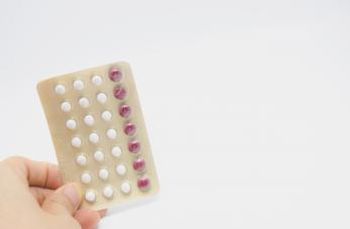
A recent Cochrane Review examined eight randomized trials which compared COCs to placebo, NSAIDs, IUS, and the hormonal vaginal ring.

A recent review found that DMPA and OCPSs are effective against some STIs but may increase the risk of others.

An in-depth analysis examined screening effectiveness as well as further steps to reduce potential complications.

A meta-analysis aimed to determine whether the lower exposure of COCs in obese women is enough to increase risk of unintended pregnancy.

The first in our new series discusses how to effectively balance contraception needs and seizure control in patients with epilepsy.
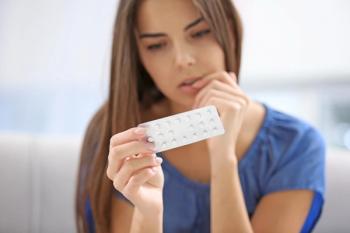
Children born to women who recently used any type of hormonal contraception may be at a higher risk to develop leukemia than children born to non-users.
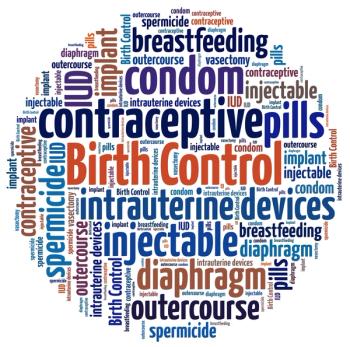
Very few low-income women in Texas are receiving their desired method of contraception at their first postpartum visit, leaving them vulnerable to unintended pregnancy.

A new twist has emerged in the gene-editing controversy created by Chinese scientist He Jiankui. PLUS: Would a minimum-volume standard improve hysterectomy outcomes? ALSO: Can lidocaine reduce pain during IUD insertion?
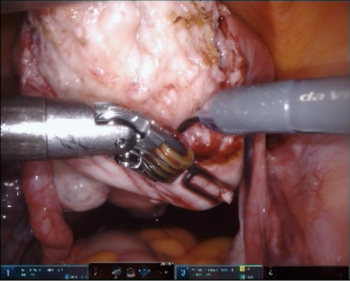
Jon I. Einarsson, MD, PhD, MPH, and Nisse V. Clark, MD, discuss their novel technique for Essure reversal in this video.
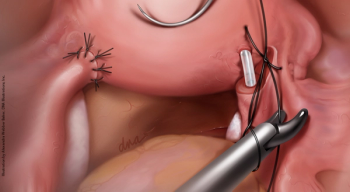
With the impending withdrawal of Essure from the US market, ob/gyns should know how to remove the device. The authors describe the traditional technique and their new approach.

Every year, nearly all of the 6 million women who get pregnant in the US will take medication while they are pregnant or breastfeeding, but this population often is excluded from clinical research. PLUS: Do contemporary hormonal contraceptives reduce ovarian cancer risk? ALSO: Are breastfeeding intentions associated with infant health?

The first-ever guidelines for perimenopausal depression have been developed by The North American Menopause Society and the National Network on Depression Centers Women and Mood Disorders Task Group. PLUS: Are female sterilization rates and cognitive disability linked? ALSO: How does delivery mode in twin pregnancies impact maternal morbidity rates?

Intrauterine devices (IUDs) are a highly effective form of long-acting reversible contraception but insertion can be associated with discomfort. In a new study, researchers from Pennsylvania sought to quantify the impact of the procedure on IUD satisfaction in younger women.

Readers respond to an editorial from Dr. Lockwood on hormonal contraception and breast cancer as well as an editorial on burnout and depression in medical students.

Since hormonal contraception was introduced in the 1960s, the risks and benefits of the drugs have been the subject of considerable, and at times acrimonious, debate.